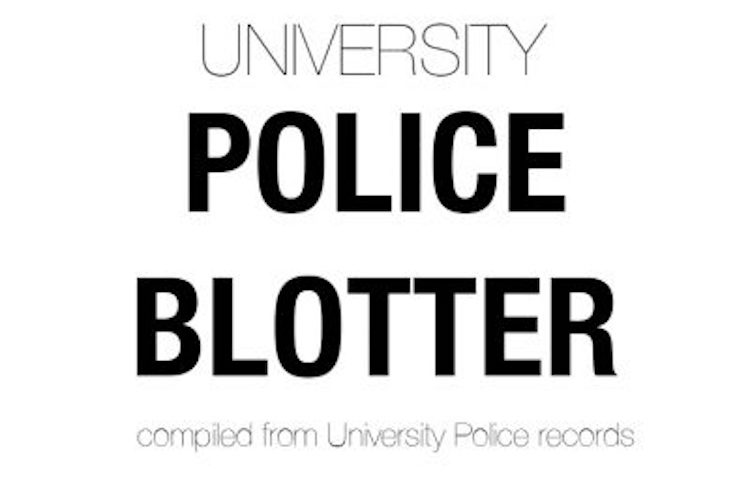Incoming students in 2009 could potentially have two more programs in their catalogue to choose from when deciding their major – a major in liberal studies and a comprehensive major in material science.
Dean of the College of Arts and Sciences, Don Christian said that after almost two years the university is hoping the UW System Board of Regents will approve the programs by June so they can be included in the 2009-2010 catalogue.
A major in liberal studies would be a 60-credit program in which students, with their advisors, could tailor their degree towards their interests, focusing on the various disciplines in arts and sciences, said Barbara Lozar, professor of psychology. Students would choose three areas of emphasis and build their own degree.
“A student can come up with an idea . and looking at the courses available can create a major,” she said.
The liberal studies program was designed with transfer and nontraditional students in mind, Lozar said. Because the program is so flexible, accumulated credits from previous schooling can be utilized towards a degree.
“(It can be) an easier way to get a degree than to go through a traditional major or minor,” she said.
The major can also be attractive to students who have strong interests in multiple disciplines because it’s not as limiting as other programs, she added.
Junior Heather Mawhiney majored in print journalism, English literature, biochemistry and molecular biology. Unsure of what she wanted to study, she tried to take a variety of classes that interested her, she said.
“I couldn’t decide what I wanted to do . I kept changing my major so I could take classes (in that department),” she said. “(Now) I have a lot of extra science credits that don’t count for print journalism.”
Mawhiney said that although she is almost finished with her degree she likes the ideas behind the liberal studies major.
“That’d probably be something I’d do,” she said.
A comprehensive major in material sciences would be an interdisciplinary program.
Professor Jacob Douglas said the program will have an emphasis on physics and chemistry with applications in other areas.
One highlight of the program is that it helps students draw connections between various different science disciplines. One concept present in a chemistry class may be an element found in physics or biology, he said. This program will help students understand these connections.
“Some of the course work we’re trying to design . (will) explicitly make those connections,” Douglas said.
One advantage to this program is that it is flexible for students looking into interdisciplinary work, he said.
“It doesn’t put you in one path,”
Christan said he wants students to be aware of how hard faculty work to put together new programs.
“Faculty wrestle with content, delivery, advising . there is a lot of thought and care that goes into creation (of new programs).”






